Festivals around the world
36 Most Famous Festivals
11. Bihu: Dance, Music, And Laughter (Begins on 14th April, Tuesday)
Bihu is the harvest festival of Assam popular among the festivals celebrated in the North East. During the month-long celebrations, young men and women wear their traditional clothes and perform Bihu dances in the village fields and courtyards. During Bihu celebrations, a community feast is held with great pomp.
Significance: This is the traditional New Year celebration of Assamese.
Main attractions: Bihu dance and local food
When: 14 April
Where: Assamese is celebrated by expatriates worldwide, especially in Assam
Bihu 2020: Starts on 14 April (Tuesday)
12. Hemis: Soothing Chants And Colourful Costumes (Begins on 30th June, Tuesday)
Hemis, a two-day religious festival from Ladakh, is one of the most important festivals in India. It attracts a lot of local and foreign tourists each year. The festivities include cham dance performed by priests to the traditional music tunes of cymbals, drums, trumpets played by monks. It is one of the most unique types of festivals, where dancing priests wear elaborate brocade outfits and masks.
Significance: It is a celebration of the birth anniversary of Padmasambhava, the founding spiritual leader of Tibetan Tantric Buddhism.
Major Attractions: Scenic Hemis Math and Cham Dance
When: 10th day of Tibetan lunar month (called Tse-chu in local language), which corresponds to June or July of Gregorian calendar
Where: Ladakh, Jammu and Kashmir
Hemis 2020: Starts on 30 June (Tuesday)
13. Onam: Welcoming The Mighty Mahabali (Begins on 22nd August, Saturday)
Onam is one of the important national festivals in India, in which people wear traditional costumes, build houses embellished with pukalam (floral designs), and prepare onasadya (an elaborate meal of about 13 dishes). Events such as Vallamkali (snake boat race), Kaikottikali (Tali dance), Kathakali dance and Pulikali procession (painted and painted like tigers and hunters) are organized.
Significance: It commemorates the great king Mahabali's homecoming.
Highlights: Splendid snake boat race, esoteric cacotally dance and elephant procession
When: In the month of Chingam of the Malayalam calendar, which corresponds to August or September of the Gregorian calendar
Where: Celebrated by people from all communities in the state of Kerala.
Onam 2020: Starts on 22nd Saturday (Saturday)
Significance: It commemorates the great king Mahabali's homecoming.
Highlights: Splendid snake boat race, esoteric cacotally dance and elephant procession
When: In the month of Chingam of the Malayalam calendar, which corresponds to August or September of the Gregorian calendar
Where: Celebrated by people from all communities in the state of Kerala.
Onam 2020: Starts on 22nd Saturday (Saturday)
14. Pongal: Rich Rangolis And Sweet Savories (Begins on 15th January, Wednesday)
The four-day harvest festival of South India is one of the most famous festivals in India. People prepare Pongal dish and wear their traditional costumes. On this world famous festival, celebrities include bonfires, dances, cattle races, sweets and sev. The houses look fabulous with kolam designs (traditional floral designs made of rice, colored powder and flower petals)
Significance: It is a festival of thanksgiving to nature representing the first crop of the year.
Highlights: Kollam design and variety of cattle races
When: 15 January
Where: Celebrated by Tamils all over India, mainly in Tamil Nadu
Pongal 2020: Starts on 15 January (Wednesday)
15. Christmas: Celebrating The Birth Of Jesus Christ (25th December, Friday)
One of the most famous and awaited festivals around the world, Christmas holds equal importance for elders and children. Everyone looks forward to this day, regardless of their religion, the children especially for the surprise gift from Santa. All churches are lit and decorated to celebrate the birth of the Lord Jesus.
Importance: Birthday of Lord Jesus
Highlights: Christmas tree decorations, prayers, birth of Lord Jesus and Santa Claus
When: 25 December
Where: The festival is celebrated all over India. The best places to celebrate Christmas in India are Goa, Pondicherry and Kerala.
Christmas 2020: 25 December (Friday)
Importance: Birthday of Lord Jesus
Highlights: Christmas tree decorations, prayers, birth of Lord Jesus and Santa Claus
When: 25 December
Where: The festival is celebrated all over India. The best places to celebrate Christmas in India are Goa, Pondicherry and Kerala.
Christmas 2020: 25 December (Friday)
16. Easter: Celebrating The Resurrection Of Jesus Christ (12th April, Sunday)
Like other festivals around the world, Easter is also celebrated in various parts of the world with great enthusiasm and religious religious festivities. Celebrated during the spring, the celebration of Easter in people is distinguished by various colorful decorations, dances and plays, similes and plum cakes, and glowing lanterns on the streets.
Importance: Resurrection of Lord Jesus
Highlights: Folk songs and dances, Easter eggs, cakes, chocolate, street decorations
Easter 2020: April 12 (Sunday)
Where: The festival is celebrated all over India. The best places to celebrate Easter in India are Goa, Pondicherry and Kerala.
17. Baisakhi: The Rich Traditions And Cultural Prosperity (13th April, Monday)
Baisakhi is one of the famous festivals of Sikh community of Punjab and around the world. It welcomes the harvest season for rabi crops. Sikhs celebrate this festival with great enthusiasm and enthusiasm by performing local folk dances like Gidda and Bhangra. The festival is of great religious importance in India as it symbolizes the day when the tenth Sikh Guru, Guru Gobind Singh, laid the foundation stone for the Panth Khalsa-order back in 1699.
Importance: welcoming the harvest season
Main attractions: Bhangra and Gidda, Punjabi feast, decoration of houses and folk dances like gurudwaras
When: April 13 (Monday)
Where: Festivals in India are celebrated throughout Sikh communities. The best place to celebrate Baisakhi in India is Punjab.
18. Makar Sankranti: Hindu’s New Year (15th Jan, Wednesday)
Makar Sankranti is north Indians and the real New Year's Sikhs, who celebrated a day after the Lohri. On this day, God is worshiped to seek his blessings for the new year. It is in a way the end of winter and the beginning of spring which means the agricultural cycle for the farmers. Dates are determined according to solar cycles, unlike other Hindu festivals where dates are decided by lunar cycles. People celebrate this day as kite flying and savory k bajre ki khichdi 'and sweet' til ke laddu '. Gujaratis celebrate this festival in the name of Uttarayan.
Importance: beginning of agricultural cycle
The main attraction: kite flying
When: 15 January (Wednesday)
Where: The festival is celebrated in North Indian and Sikh communities in India. North region is the best place to celebrate Makar Sankranti in India.
19. Maha Shivratri: Devotion To Lord Shiva (21st February, Friday)
Dedicated to Lord Shiva, this Indian festival holds great reverence among the devotees of Lord Shiva. It has great significance in Hindu mythology, celebrated on the 14th day of the dark fortnight in the month of Falgun. It is believed that whoever worships Lord Shiva on this day attains salvation and salvation from their sins. It is one of the most important festivals for unmarried and married women to get marital bliss.
Importance: Devotion to Lord Shiva
Main attraction: Lord Shiva's fast and worship
When: 21 February (Friday)
Where: North India and Nepal
Importance: Devotion to Lord Shiva
Main attraction: Lord Shiva's fast and worship
When: 21 February (Friday)
Where: North India and Nepal
20. Basant Panchami: Dedicated to Goddess Saraswati (29th January, Wednesday)
Celebrated in the months of January or February, Basant Panchami is dedicated to Goddess Saraswati and is one of the famous festivals. It is an important day for scholars and students when they worship the Goddess of Knowledge. It is widely celebrated in the states of Bihar, West Bengal, Assam, Odisha, Punjab and Haryana. In Rajasthan, people offer garland of jasmine to Goddess and langurs are organized in the state of Punjab.
Significance: It marks the beginning of spring
Highlights: On this day, people wear yellow clothes and make yellow dishes like sweet saffron rice and kadhi.
When: It is celebrated on the fifth day of the Magh month of the Hindu calendar.
Where: Bihar West Bengal, Assam, Odisha, Punjab and Haryana States
Basant Panchami 2020: 29 January
Significance: It marks the beginning of spring
Highlights: On this day, people wear yellow clothes and make yellow dishes like sweet saffron rice and kadhi.
When: It is celebrated on the fifth day of the Magh month of the Hindu calendar.
Where: Bihar West Bengal, Assam, Odisha, Punjab and Haryana States
Basant Panchami 2020: 29 January
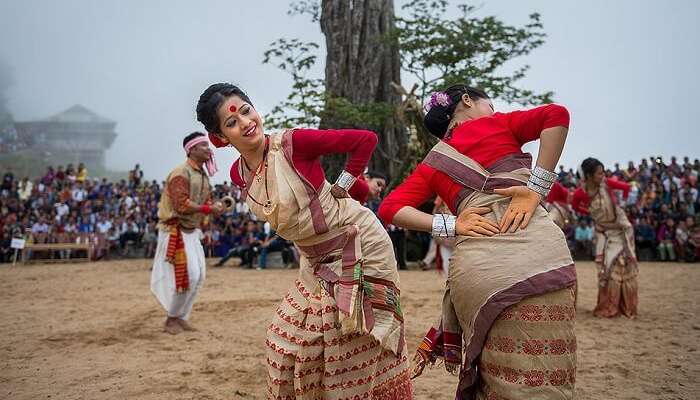
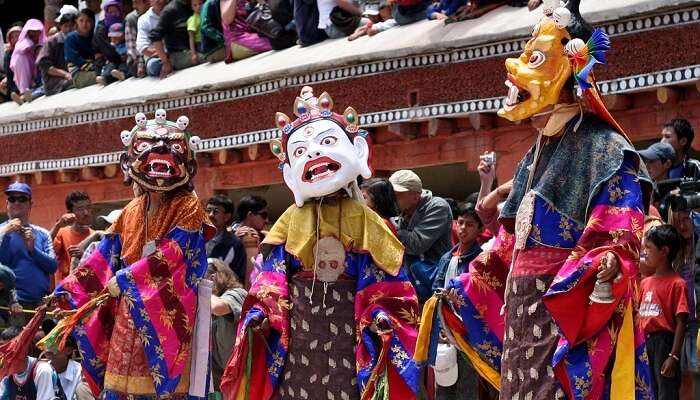
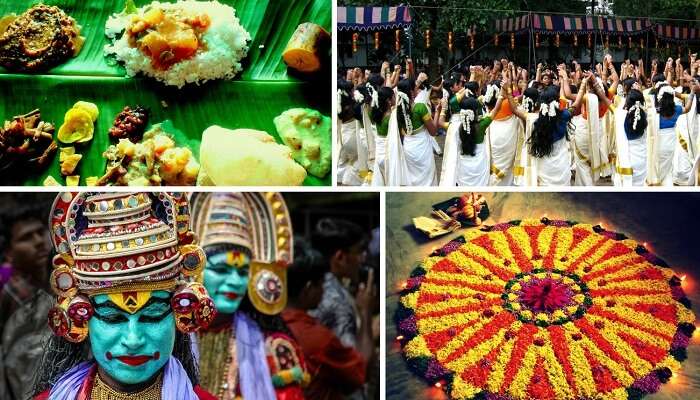
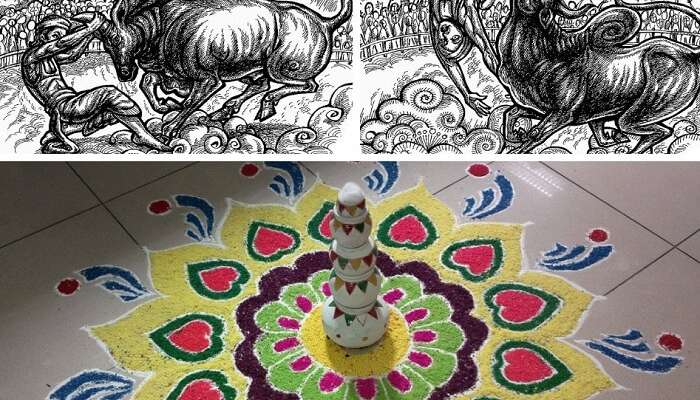

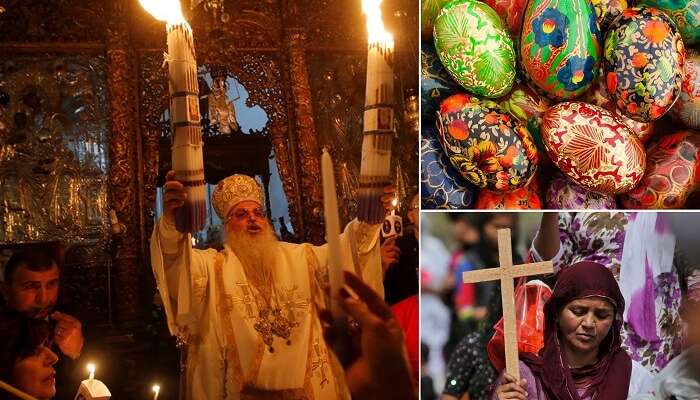
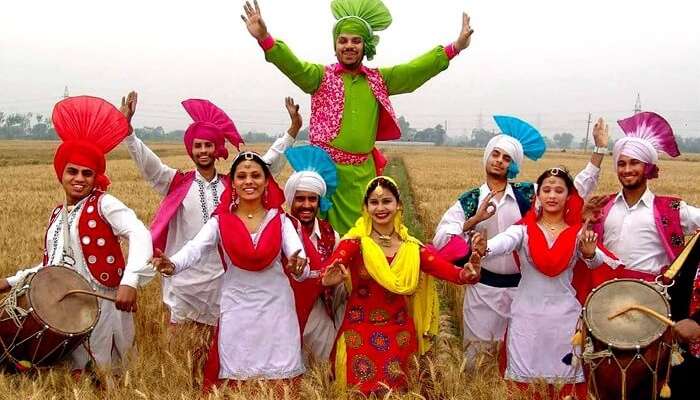
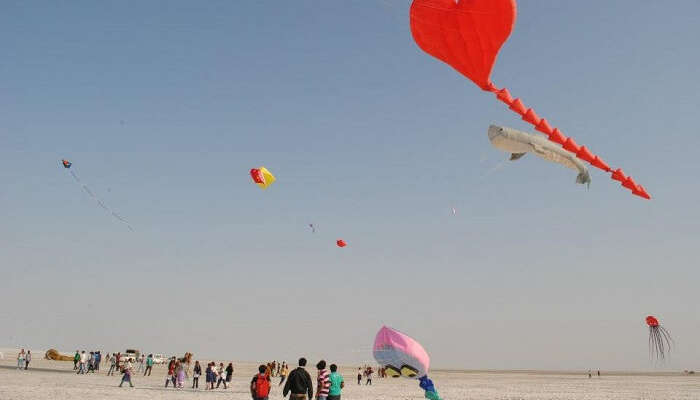
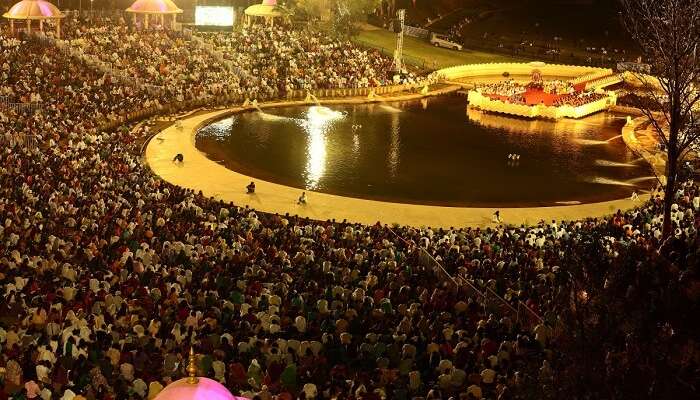




No comments:
Post a Comment